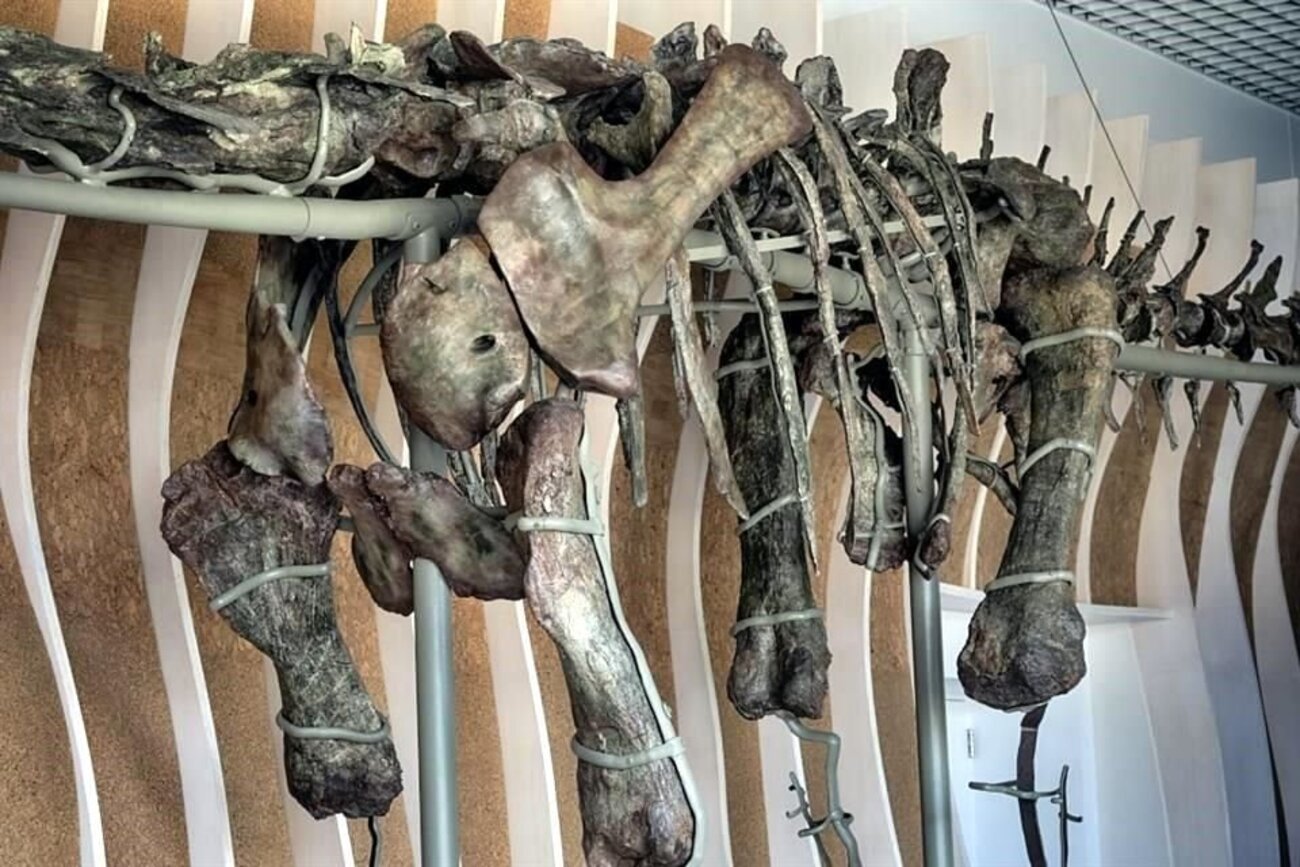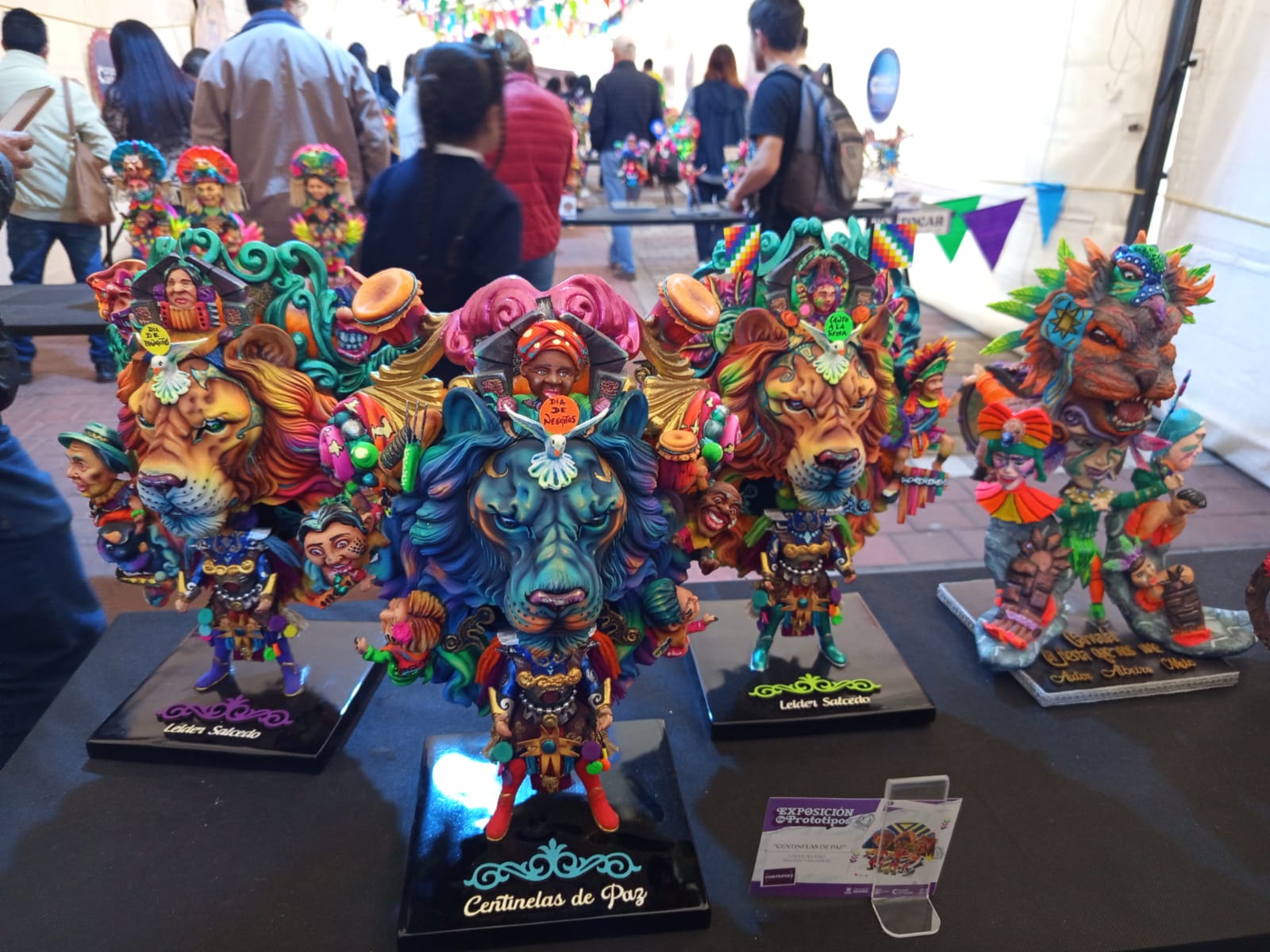
The Other Wall: Giant Wage Gap between US and Mexico explains Migration Flows
The biggest border wall between Mexico and the US already exists, and it is called wage gap.
Mexican migrants cross the border in hopes of getting a better salary from their jobs, and US companies do the opposite, to save labor costs. The giant wage gap is at the heart of the explanation of incoming migration flows and exit flows.
The average payroll of a Mexican worker in the US was $ 1,870 per month at the end of last year. The average wage in Mexico was six times lower: $ 291 per month, reports El País.
According to the National Population Council (Conapo), estimates in crossing the census records and the US population, the average annual $ 22,235 earned by Mexican workers does not even reach the minimum wage threshold in the more progressive states, such as California or New York, where they earn around $ 23,000 a year.
"Part of this gap has to do with different levels of education and training. That is why the profile of immigration has changed. Many workers with masters and doctorates stay in the US,"explains Gerardo Esquivel, professor-researcher at the Colegio de México. "But these differences also respond to very different labor and production structures. More importantly, this gap has hardly diminished since the entry of the free trade agreement. These figures show that Mexico has not been the winner of NAFTA. Although trade and foreign investment has multiplied the wage gap has not been shortened, "adds the economist. After more than two decades of North American Free Trade Agreement (NAFTA), direct American investment towards the neighbor of the south has multiplied by six.
Mexico is among the 30 economies with a greater gap of inequality according to the United Nations Development Program, ahead of countries like Nigeria or the Congo.
As reported in El País.










DEJE UN COMENTARIO:
¡Únete a la discusión! Deja un comentario.